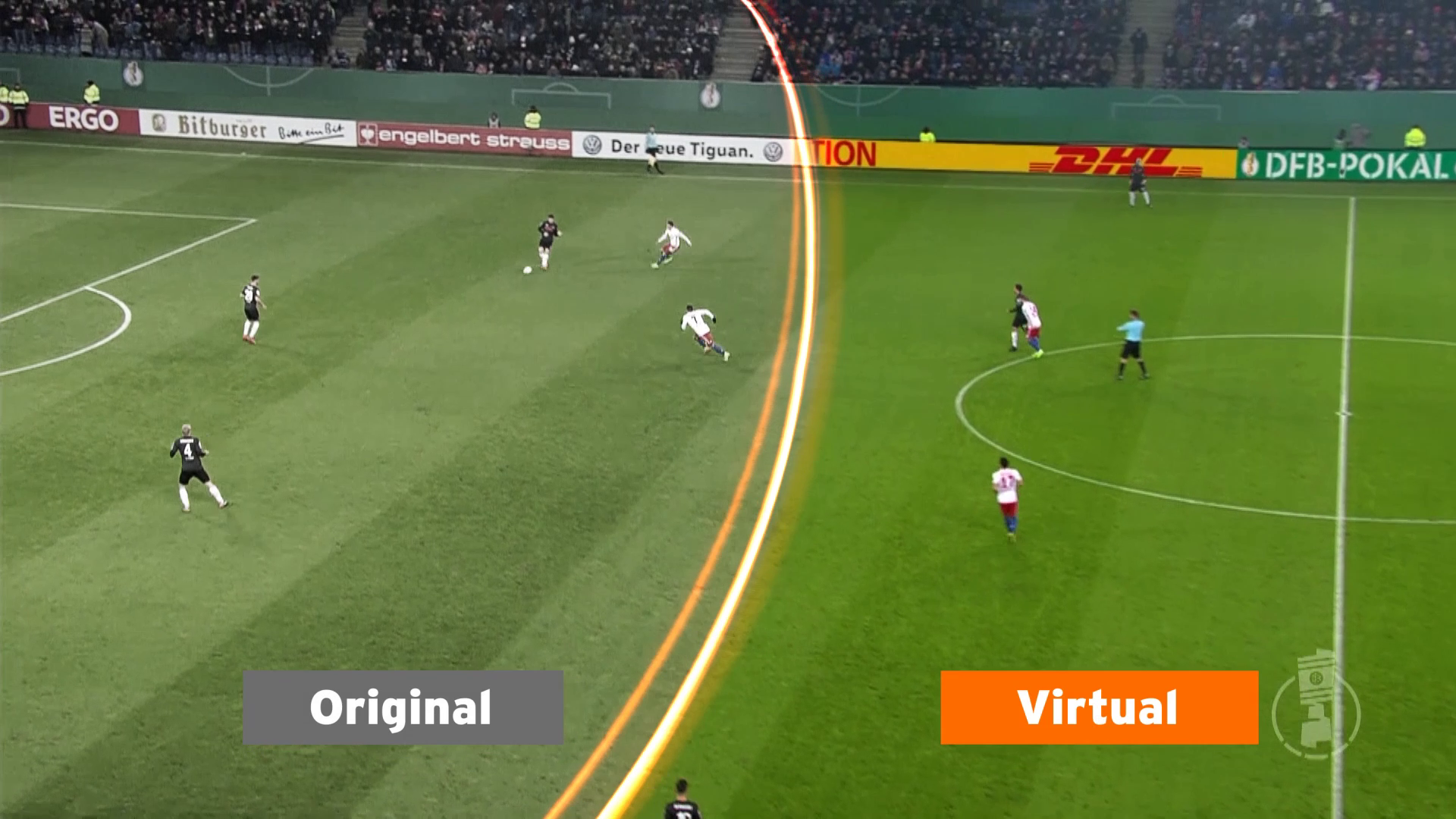Rethinking Virtual Sponsorships With Multifeeds
The future of in-event sponsorships has been pushed closer to reality as a result of the global pandemic

The landscape of live events—and the connected value of such events—was irrevocably changed in 2020. Even prior to the global pandemic, there were exploratory discussions taking place determining how the relationship between live events and broadcast might need to be refreshed. At the focus of these discussions was live sports.
Live sports carry with them a perishable value. Once the match is settled, the focus of the viewer turns swiftly to the next game or next event. Even the teams with the most devoutly committed fans see sharp drop-offs for their replay numbers.
This is further compounded by the fact that viewership numbers are largely down across the board. Our golden age of content is fueling a hyper-competitive landscape for viewers’ eyes. Sports no longer competes with just alternative programming—but also alternative devices and displays.
That isn’t to say this is all bad. Consider how a magnificent goal by one of the world’s top footballers might be viewed millions of times on YouTube. This, of course, has an extreme amount of value—but are we measuring that value correctly? Sponsors of teams and events currently work to discover it through a number of metrics.
Then, of course, there is the global pandemic. The disruption of the fixture sheet was incredibly problematic for leagues, broadcasters and sponsors alike. Further, with fans no longer able to get into venues, there was a consensus among sponsors that they were no longer receiving the best possible exposure.
In short, the past year has made people think differently about how we provide continued value to sponsors. The answer is almost assuredly in reconsidering our approach to virtual advertising.
WHAT CHANGES FIRST?
For this discussion we will look specifically at one area of advertising real estate: advertisements seen on the field of play during the match. This real estate is traditionally painted onto a court or field or is displayed using digital billboards along the boundaries.
The professional video industry's #1 source for news, trends and product and tech information. Sign up below.
This challenge is not so much an issue of seeing broadcast change, per se, but rather in broadcast, offering new ways for sponsors to interact with sporting events. As sponsorships increasingly move to a return-on-investment approach we see the need to target audiences based on a number of considerations—and static, physical advertisements won’t provide that.
The good news here is that when you begin looking at new ways to consider these sponsorships you quickly find very interesting options in which to transform them. If data can be effectively collected from the subscriber, personalized advertisements can be placed digitally into a match so they are directly addressable to the viewer. This is not just a matter of showing a different brand but rather showing it at the correct time, in the correct context and in the appropriate language. It may even differ depending on team fanship.
With this change, the advertising inventory within the game could be dynamic; and this offers flexibility. Templates based on different regions and languages suddenly become a very interesting concept—and an attractive option not just for global sponsors, but regional and national sponsors.
The challenge to this, of course, is ensuring it has a benefit for the multiple stakeholders. This is extra work for all involved. Long term sponsorship deals may need to be renegotiated, and generating multiple feeds to multiple regions requires more salespeople to sell more advertising space. The benefits are there, but the challenges have traditionally held back the winds of change.
WHAT ELSE NEEDS TO BE CONSIDERED?
Other components in this discussion require thoughts on mobile devices and second screen viewing. Hyper-personalization can only go so far within the game. If someone is viewing on a mobile device, the effectiveness of an on-field advertisement may be diminished. Thus, we need to begin looking at on-device applications that can deliver advertising locally.
Further, multiple feeds can become unwieldy at a point. Giving every single individual their own feed of a game would be unreasonable—at least for now. The truth is that we need to find the right blend of feeds that make sense for this. Do we provide new feeds based on language? On region? On fanship? Or is it a blend of these factors?
MAKING IT HAPPEN
As we sort out the logistics and data involved in this new approach, the one thing that is clear is the answer: graphics. Providing technology that can offer dynamic graphics for both unilateral and multilateral feeds is crucial.
Manufacturers must offer both virtual insertion and replacement technology solutions that deliver simplicity, reliability, flexibility and scalability to operational partners. This enables them to replace physical inventory confidently and consistently.
By providing this first step, manufacturers not only create a platform for enabling new capabilities—they enable a platform for the discussion of change to take place. The future of in-event sponsorships has been pushed closer to reality as a result of the global pandemic—and we all need to be ready to have the discussions in a collaborative way. If we do that, we will see an incredible amount of innovation occur in this space. It will be beneficial to every stakeholder involved and result in more stories, better told.
Jonathan Roberts is Global SVP of Sports at Vizrt Group.
